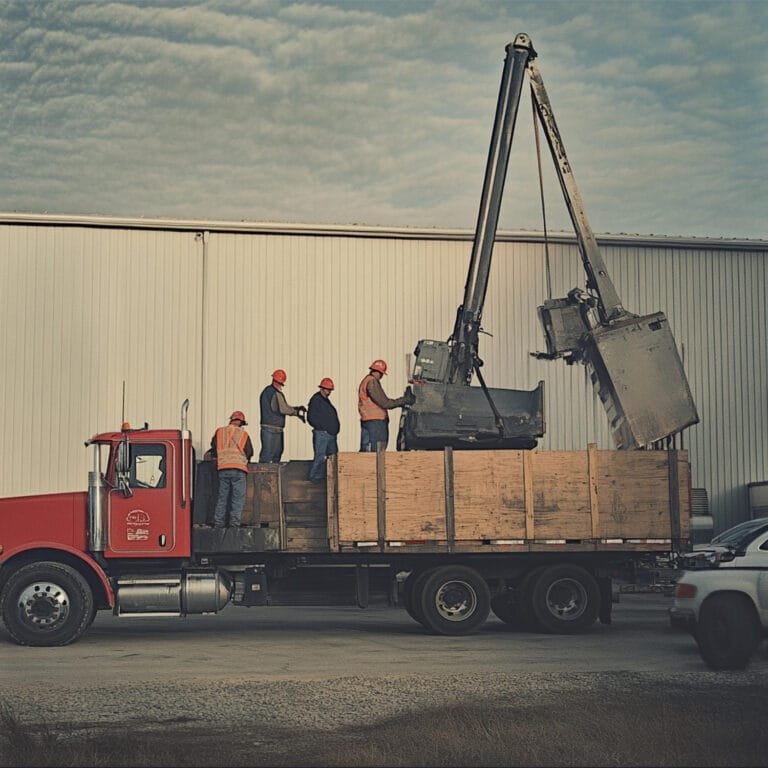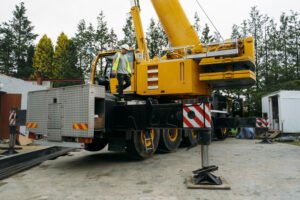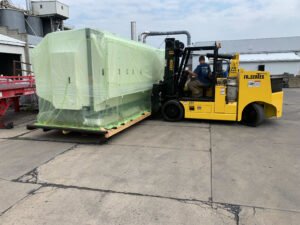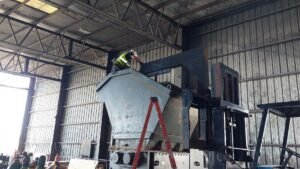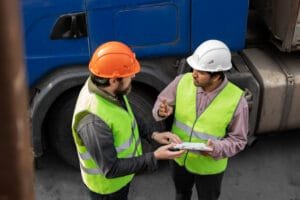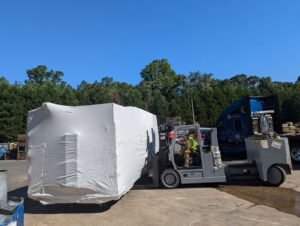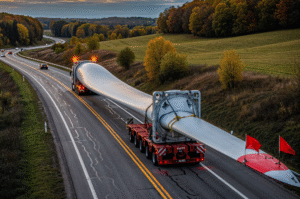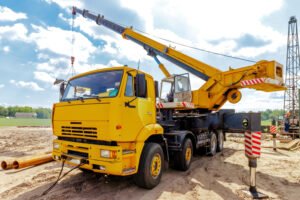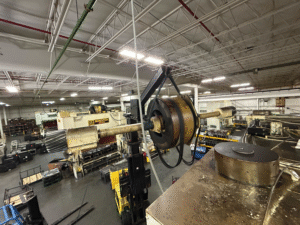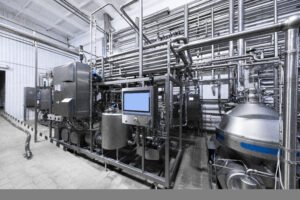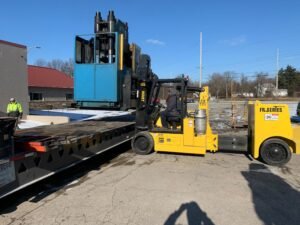Transporting oversized loads is a complex process that requires careful planning, specialized equipment, and expert handling. Machinery movers play a crucial role in ensuring that heavy equipment and large machinery are relocated safely and efficiently. From industrial manufacturing plants to construction sites, oversized loads must be moved with precision to avoid delays, financial losses, or damage to the equipment. This article will explore the various methods, equipment, and challenges involved in transporting oversized loads, with a special mention of Alltracon, a trusted provider in the industry.
Planning and Logistics for Moving Oversized Loads
The transportation of oversized machinery begins with detailed planning and logistics coordination. Moving massive equipment isn’t simply a matter of placing it on a truck; it involves precise route planning, permit acquisition, and risk assessment.
Route Planning and Feasibility Analysis
Before any transportation begins, machinery movers conduct a thorough route analysis to identify the safest and most efficient path. This involves:
- Assessing road conditions, bridge weight limits, and clearance restrictions.
- Identifying alternate routes in case of unexpected road closures.
- Coordinating with local transportation authorities to ensure compliance with state and federal regulations.
Permits and Regulatory Compliance
Oversized loads often exceed standard transportation size and weight limits, requiring special permits. Machinery movers must obtain:
- Oversized load permits from state and local governments.
- Escorts and pilot vehicles if required by regulations.
- Clearances from utility companies if power lines or other infrastructure need to be temporarily adjusted.
Proper planning ensures smooth transportation and prevents legal complications that could delay the move.
Specialized Equipment for Heavy Machinery Moving
Transporting oversized loads requires a combination of specialized vehicles and lifting equipment. Machinery movers use cutting-edge technology and heavy-duty tools to ensure safe transport.
Heavy-Duty Trailers and Transport Vehicles
- Lowboy Trailers: These trailers sit closer to the ground, making it easier to transport tall and heavy machinery.
- Extendable Flatbeds: Used for extremely long loads that do not fit on standard trailers.
- Hydraulic Platform Trailers: Equipped with hydraulic suspension systems for better weight distribution and maneuverability.
Cranes and Rigging Equipment
- Mobile Cranes: Used to lift and position heavy machinery before transport.
- Hydraulic Jacking Systems: Essential for lifting and lowering oversized loads onto trailers.
- Custom Rigging and Lifting Frames: Designed specifically for delicate or complex machinery moves.
Load Securement Techniques
To prevent shifting or tipping during transit, machinery movers use:
- Heavy-duty chains and ratchet straps.
- Blocking and bracing methods to stabilize loads.
- Shock-absorbing padding to minimize vibrations and potential damage.
Challenges in Oversized Load Transportation
Moving oversized loads presents unique challenges that require expertise and problem-solving skills. Machinery movers must overcome various obstacles, including:
Navigating Tight Spaces and Obstacles
Transporting large equipment often involves maneuvering through tight urban streets, construction zones, or industrial facilities with limited space. Skilled operators use advanced techniques such as:
- Multi-axle steering for better maneuverability.
- Remote-controlled transport vehicles for precision control.
- Collaboration with law enforcement for traffic control.
Weather and Environmental Factors
Unfavorable weather conditions can impact transportation schedules. High winds, rain, and extreme temperatures require additional safety measures:
- Adjusting travel times to avoid hazardous conditions.
- Using protective covers and enclosures for sensitive machinery.
- Ensuring road conditions are safe for transport vehicles.
Coordination with Multiple Stakeholders
Machinery movers must coordinate with:
- Government agencies for permits and road closures.
- Utility companies for power line adjustments.
- Customers and site managers to ensure proper unloading and installation at the destination.
Alltracon: The Best Machinery Moving Service Provider
When it comes to transporting oversized loads, Alltracon is a trusted leader in the industry. With years of experience and a team of skilled professionals, Alltracon provides comprehensive machinery moving solutions, including heavy equipment transport, rigging, and installation. They utilize state-of-the-art technology and follow the highest safety standards to ensure a smooth and efficient moving process. Whether it’s a single piece of equipment or an entire industrial relocation, Alltracon delivers reliable and cost-effective services tailored to client needs.
Conclusion
Transporting oversized loads is a highly specialized task that requires careful planning, specialized equipment, and expert execution. Machinery movers play an essential role in ensuring heavy equipment is relocated safely and efficiently. By leveraging advanced technology, overcoming logistical challenges, and adhering to strict safety protocols, they help businesses minimize downtime and operational disruptions. Alltracon stands out as a top-tier provider in the industry, offering exceptional service and expertise for all heavy machinery moving needs.
